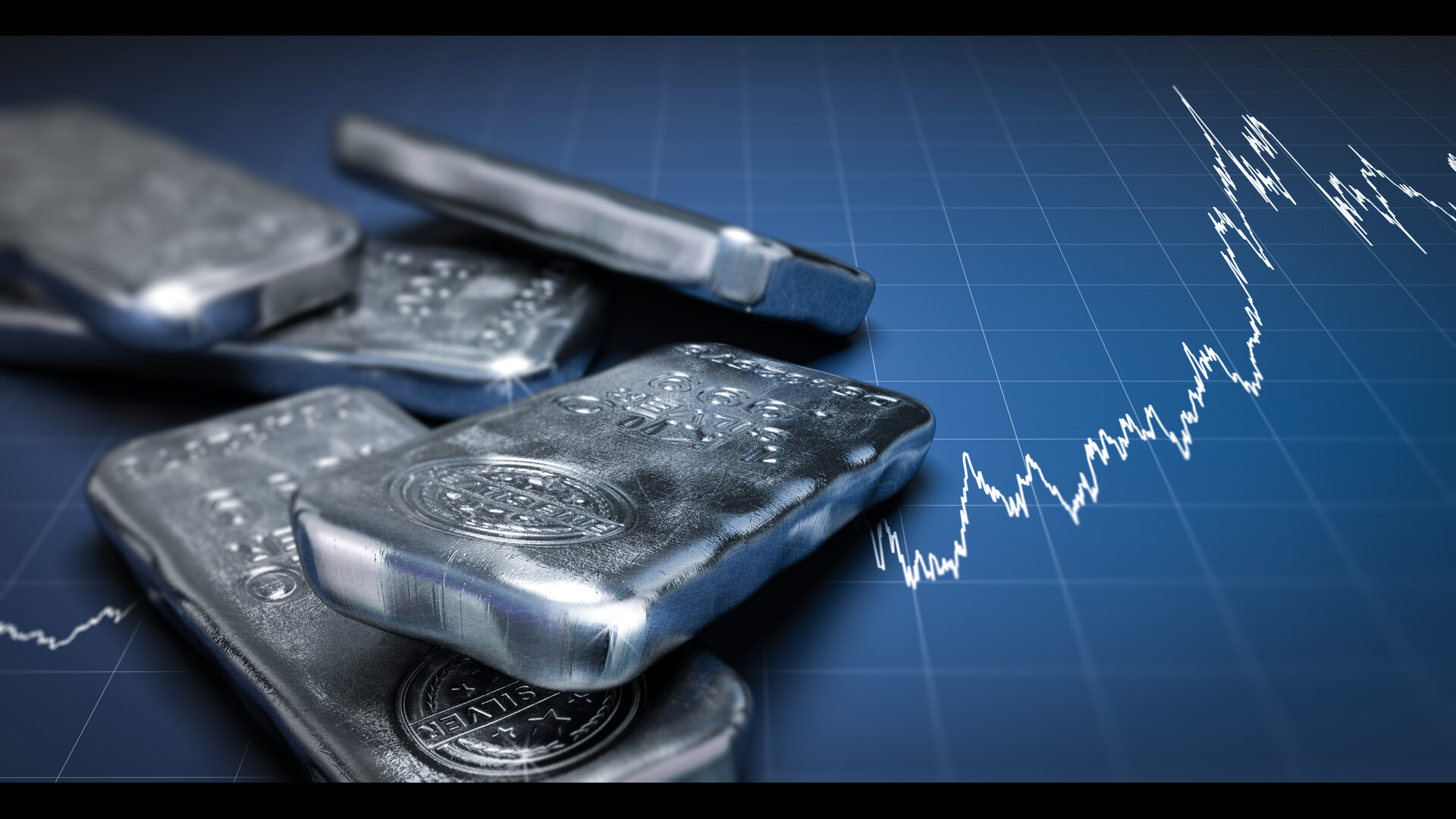In investing, the real strength of a portfolio comes not from chasing the highest returns but from balancing risk and building resilience. This is where gold and silver play a critical role. These metals have stood the test of time, acting as reliable assets during periods of economic turbulence and serving as safeguards against inflation, currency depreciation, and global shocks.
Gold as a Protector of Wealth
Gold has always been valued for its ability to preserve wealth. Unlike equities or bonds, gold is not tied to the earnings of a company or the fiscal health of a government. Its true strength lies in its independence. It does not produce cash flows or dividends, but it does something equally important. It helps reduce the impact of market downturns and provides stability when everything else looks uncertain.
In the past year alone, gold has delivered more than 40 percent returns at a time when the equity market remained broadly flat. Over longer horizons, gold’s performance has been more measured. It outpaces inflation steadily, though it often lags behind equities. But the real benefit of gold is not to outperform stocks but to ensure that your portfolio does not crumble when markets collapse. In short, gold is less about chasing growth and more about maintaining balance.

Silver’s Dual Strength
If gold is the stabiliser, silver is the wild card. It is more volatile and often unpredictable, but that unpredictability can create opportunities. Silver has the unique advantage of being both a monetary asset and an industrial metal. Its demand is not only tied to investors but also to industries that depend on it for solar panels, electronics, semiconductors, and medical applications.
As the world moves faster towards renewable energy and advanced technologies, silver is expected to play an even greater role. At present, the gold-to-silver ratio is unusually high, suggesting that silver may be undervalued compared to gold. This means silver could have the potential for stronger returns if the environment becomes favourable, making it a smart complement to the steadiness of gold.
How Much to Invest
Financial planners typically suggest allocating between five and ten percent of a portfolio to precious metals. This allocation is not meant to replace equities or other growth-focused investments but to add a protective layer. It is best thought of as insurance for your wealth, an insurance policy that does not expire.
The beauty of gold and silver lies in the fact that they do not need to “do” anything. Their role is to hold their ground when markets swing wildly. In today’s environment, where volatility and uncertainty are constants, that strength is invaluable.

Accessible Investment Options
Investors today have a variety of ways to gain exposure to precious metals. Physical bullion and jewellery remain the traditional choices, but sovereign gold bonds, exchange-traded funds, and mutual funds provide simpler, safer, and more efficient ways to invest. Silver ETFs, which have recently been introduced in India, add another option for those who want diversified exposure without the operational challenges of buying and storing physical silver.
The Bigger Lesson
Decades of financial history show that uncorrelated assets like gold and silver bring balance to a portfolio. Gold provides the stabilising force that cushions shocks, while silver offers the possibility of outsized gains during favourable conditions. These metals are not about gambling on a crisis or timing the market. They are about preparation and building a portfolio that can withstand all cycles with confidence.
For more insights on smart investing strategies, market updates, and wealth-building tips, follow You Finance on Instagram and Facebook. Stay ahead in your financial journey with content that simplifies money decisions.















